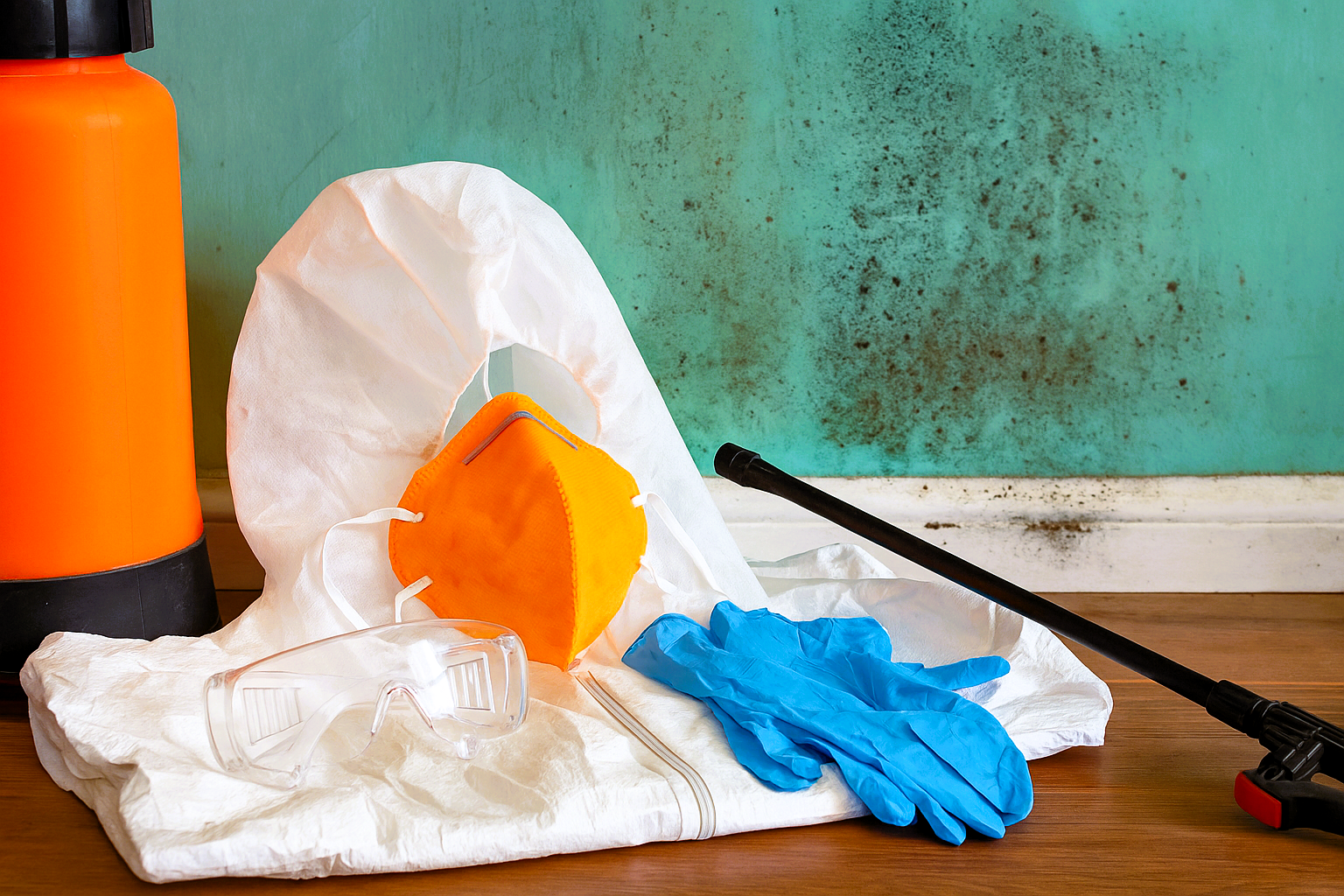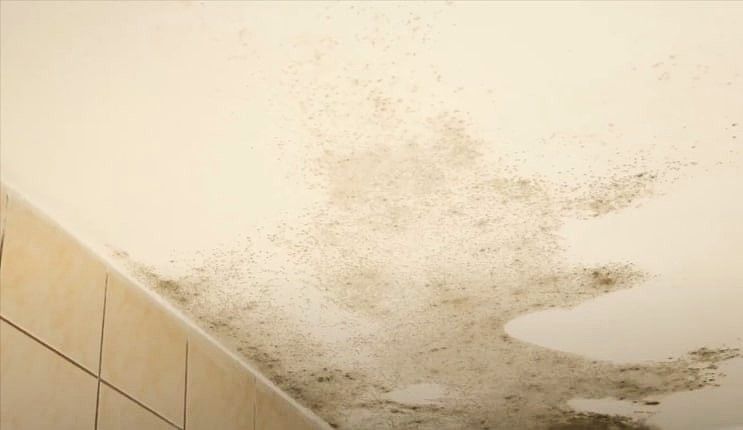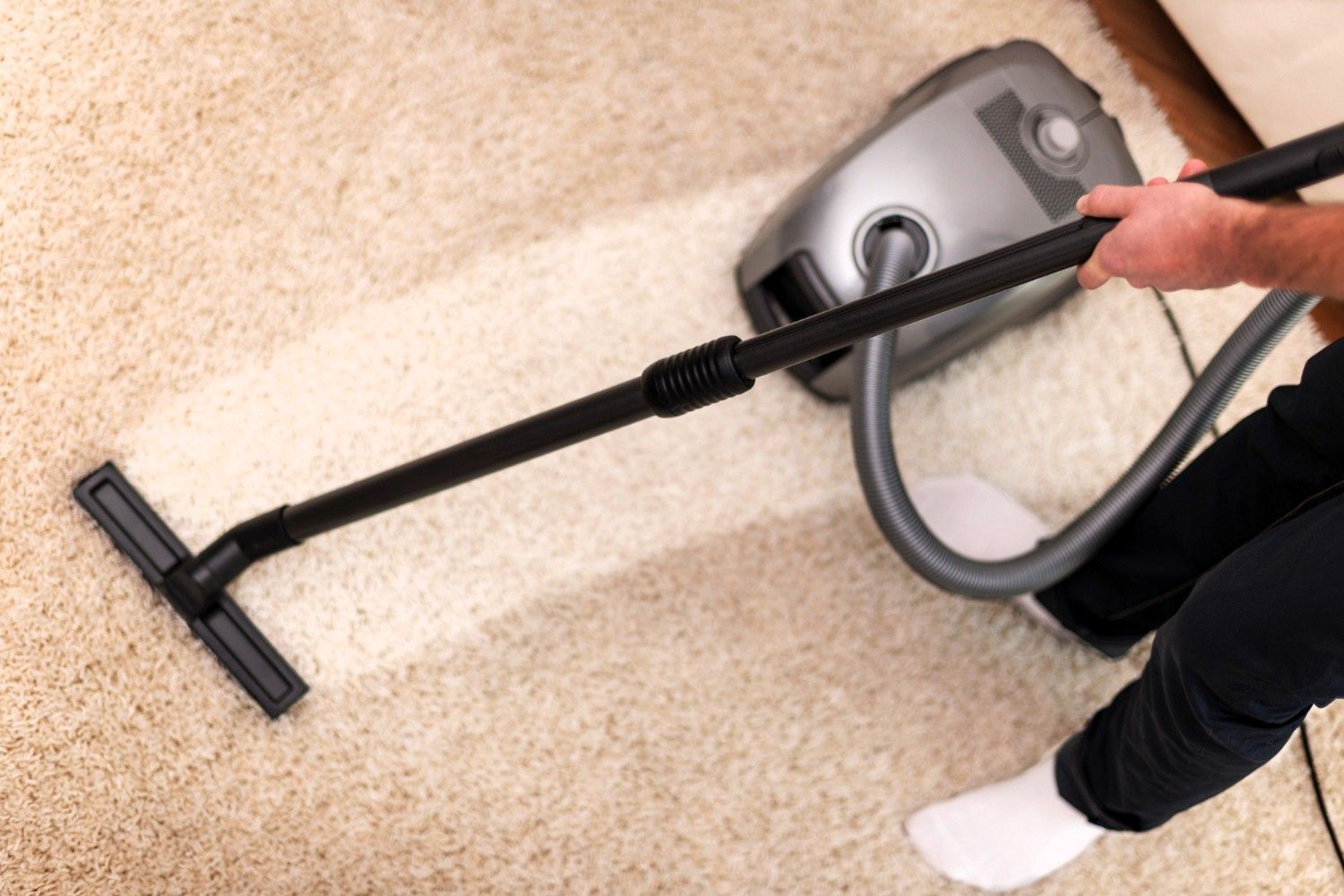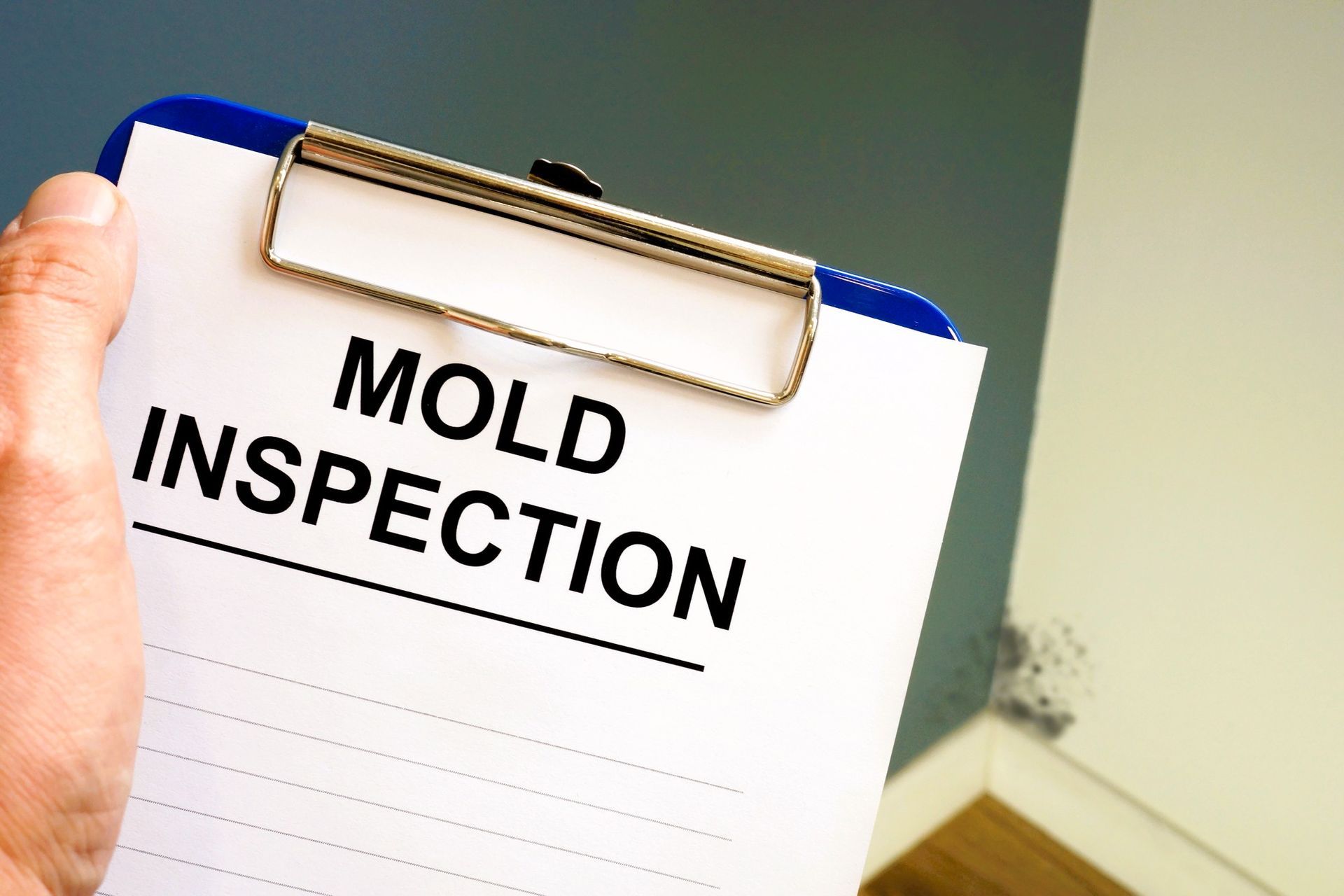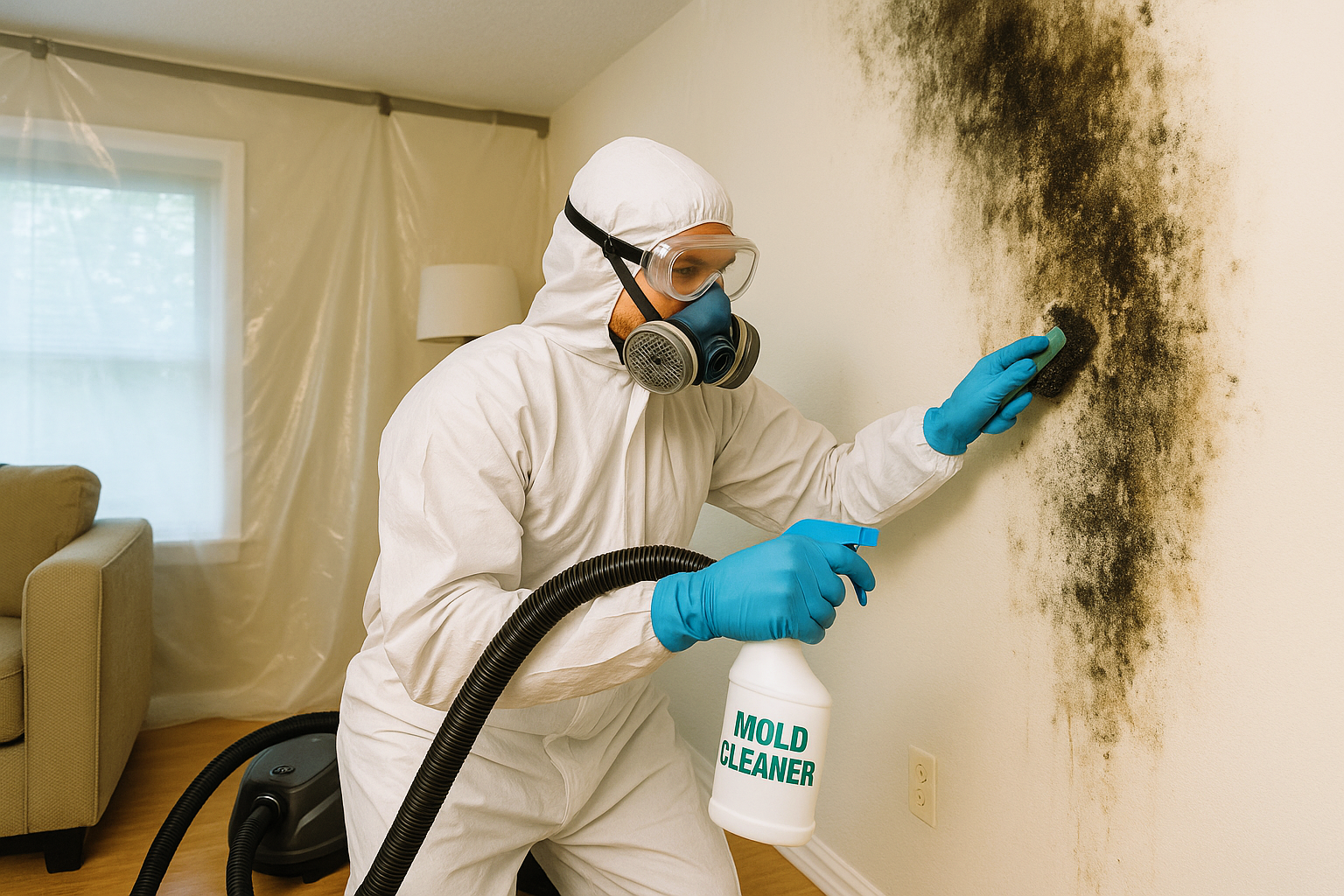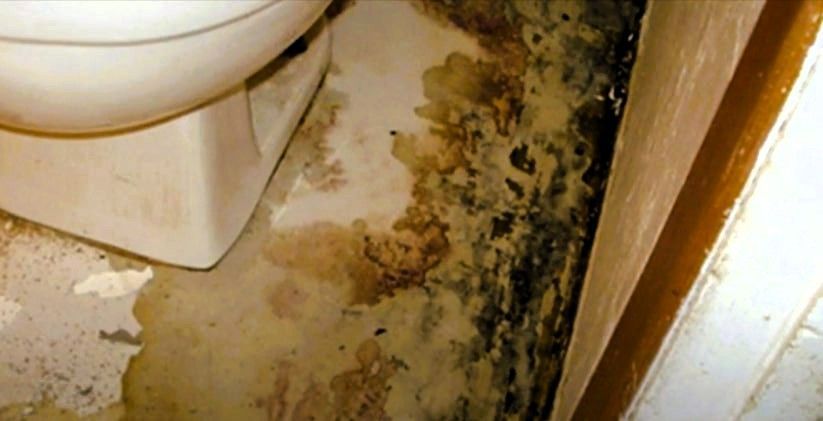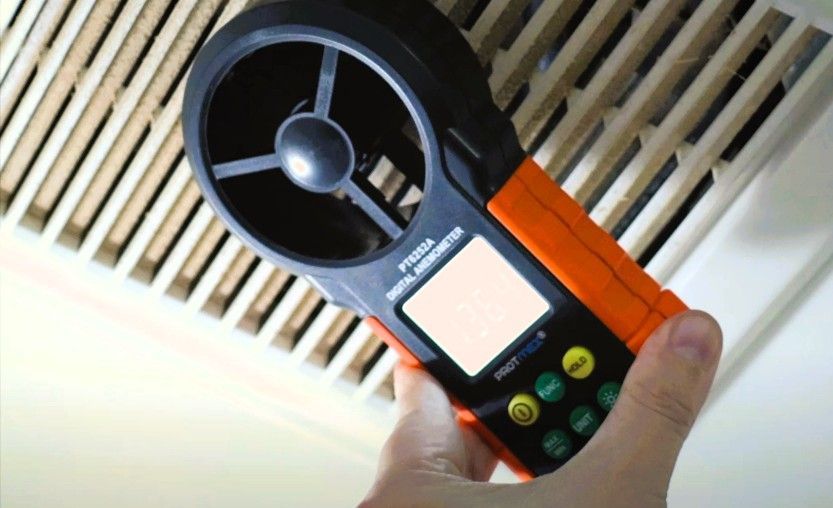7 Proven Ways to Limit Mold Growth in the Winter Months
What every Grand Rapids homeowner should know about winter mold prevention
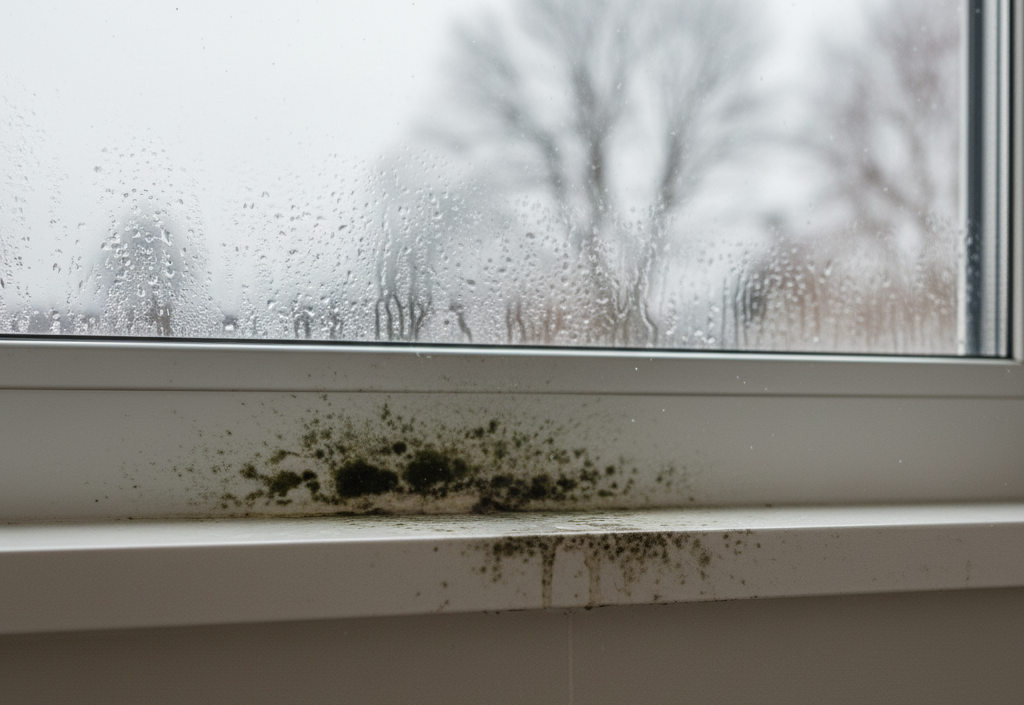
Winter in Grand Rapids isn’t just about snow, ice, and bundling up with hot cocoa. It also brings along an unwelcome guest most people don’t think about: mold.
Now, you might picture mold as a summer problem—sticky humidity, damp basements, that sort of thing. But here’s the twist: Michigan winters actually set up the perfect conditions. Cold air outside, warm air inside, sealed-up homes, and condensation on windows or walls—it’s a recipe mold loves.
The best part? Preventing mold is easier than you think. Here are seven ways you can put into action right now.
1. Keep Humidity in Check
Mold thrives in damp air, so the sweet spot is keeping indoor humidity below 50%. You don’t need fancy gear. A small humidity monitor from the hardware store does the job. Stick one in your bathroom or basement and keep an eye on the numbers.
If things start creeping up, switch on a dehumidifier or tweak your thermostat. Even cracking a window for ten minutes on a mild day helps freshen the air.
2. Use the Fans You Already Have
Winter comfort foods and hot showers feel amazing, but both crank up indoor moisture. That’s where kitchen and bathroom fans come in handy—just make sure they vent outside, not into the attic.
Ceiling fans and portable fans also help keep air moving, which makes it harder for mold to settle in damp corners.
3. Stay Ahead of Condensation
If you’re constantly wiping wet windowsills, you’re not alone. Condensation is super common in Grand Rapids homes during the winter. The trick? Don’t ignore it. Wipe it up right away, then think about long-term fixes like storm windows, insulated curtains, or simple weather-stripping.
Pipes can sweat, too. A cheap roll of pipe insulation will save you from surprise puddles later.
4. Don’t Overlook Insulation
Yes, insulation saves money on heating. But it also keeps warm indoor air from hitting cold surfaces—exactly where condensation (and mold) like to form.
If your basement or crawl space always feels damp, adding insulation or a vapor barrier can make a noticeable difference.
5. Watch the “Forgotten Spaces”
Mold loves spots you rarely check: basements, attics, crawl spaces.
- In basements: run a dehumidifier year-round and watch for leaks.
- In attics: keep an eye out for roof leaks, ice dams, or poor ventilation.
Don’t wait until there’s a smell—that often means mold’s already spreading.
6. Fix Leaks Immediately
It doesn’t take a flood for mold to move in. A small roof leak, a slow-dripping pipe, or water sneaking in from an ice dam is enough.
The key is speed. Dry out wet areas within 24–48 hours. If carpet, drywall, or insulation gets soaked, don’t count on it drying on its own.
7. Make Seasonal Checkups a Habit
Before the snow piles up, walk around your home and check your roof, siding, and gutters. In mid-winter, look for condensation, dark spots, or musty odors.
And don’t forget your furnace and ducts—change filters and check for any moisture build-up. Think of it as a wellness check for your house.
When to Call in the Pros
Sometimes, even with your best efforts, mold still sneaks in. If you:
- Notice a musty smell that won’t go away
- See mold patches larger than a couple of square feet
- Keep scrubbing the same spot only for it to come back
…it’s time to call in help.
That’s where Grand Rapids Mold Relief comes in. We understand what Michigan winters do to homes, and we’ll make sure mold doesn’t win. From mold inspections to safe removal to prevention plans—we’ve got your back.
The Bottom Line
Michigan winters are already tough. You shouldn’t have to deal with mold on top of snowstorms and freezing temps. By keeping humidity under control, fixing leaks quickly, and checking those overlooked spots, you’ll keep your home safe and comfortable all season long.
And if mold shows up anyway? Don’t stress—just
give us a call and let us handle it. Then you can get back to enjoying a cozy, mold-free winter.

